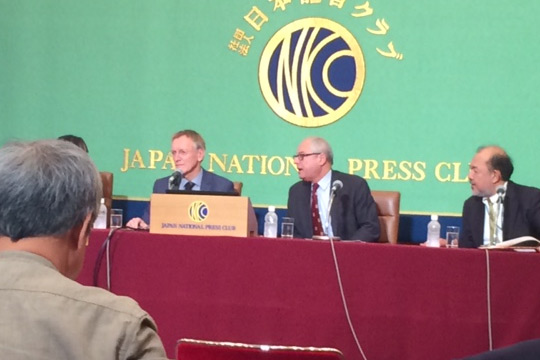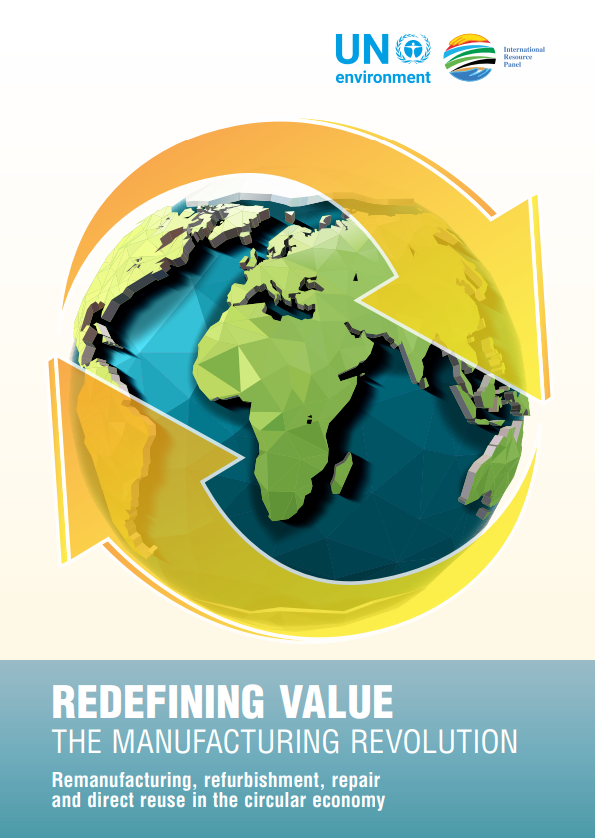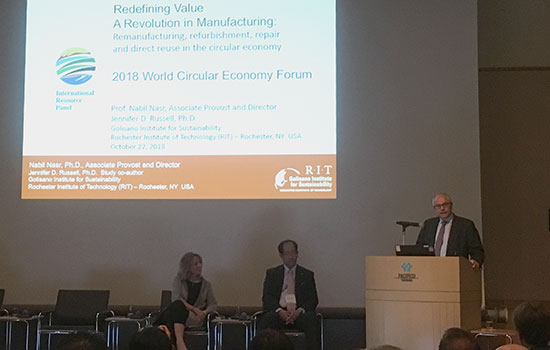United Nations
Report for United Nations Paves Way for Remanufacturing in the Circular Economy

From Linear to Circular Economy
More than 100 billion metric tons of materials are consumed each year worldwide. The bulk of these are not renewable—minerals, ores, and fossil fuels continue to account for most of what goes into the global economy. A linear economic model converts these raw materials into products that enter the market and are used until they are discarded once they are no longer useful. In contrast to this “take, make, dispose” approach, the circular economy rethinks what happens to materials once a product or component is no longer useful.

Value-Retention Processes (VRPs)
How can the embodied value (energy, resources, and labor) of post-consumer materials be brought back into useful economic circulation?
A 2018 report published by the International Resource Panel of the United Nations Environment Program (UNEP) sought to answer this question. It introduced a new term—value-retention processes (VRPs)—for understanding how various methods of material recovery and reuse in practice today could be applied within the circular economy. The concept is based on research led by the report’s lead author, Dr. Nabil Nasr, who is the founding director of RIT’s Golisano Institute for Sustainability (GIS). The report outlines the possible economic and environmental benefits of transitioning current manufacturing to incorporate VRPs, which include remanufacturing, comprehensive refurbishing, repair, and direct reuse.

Report Findings
The report included nine case studies that examined the environmental and economic impacts of each VRP on a different product. Three manufacturing sectors (digital printers, vehicle parts, and heavy-duty and off-road equipment parts) and four economies (Brazil, China, Germany, and the United States) were studied. The data showed that VRPs can realize a clear net-positive outcome when it comes to reducing the environmental impacts of manufacturing. The report also suggested that VRPs can lead to an increase in economic opportunity when manufacturers consider value from a circular perspective: How value is created and preserved, and how it can be cost-effectively recovered. The researchers found that a country’s status as “developed” or “developing” has little bearing on the potential for VRPs within its economy. Rather, what matters most are any specific economic or production barriers facing the country. The findings outlined in the report will be used to educate policymakers and companies around the world about VRPs, and to encourage their adoption to meet circular-economy goals.

